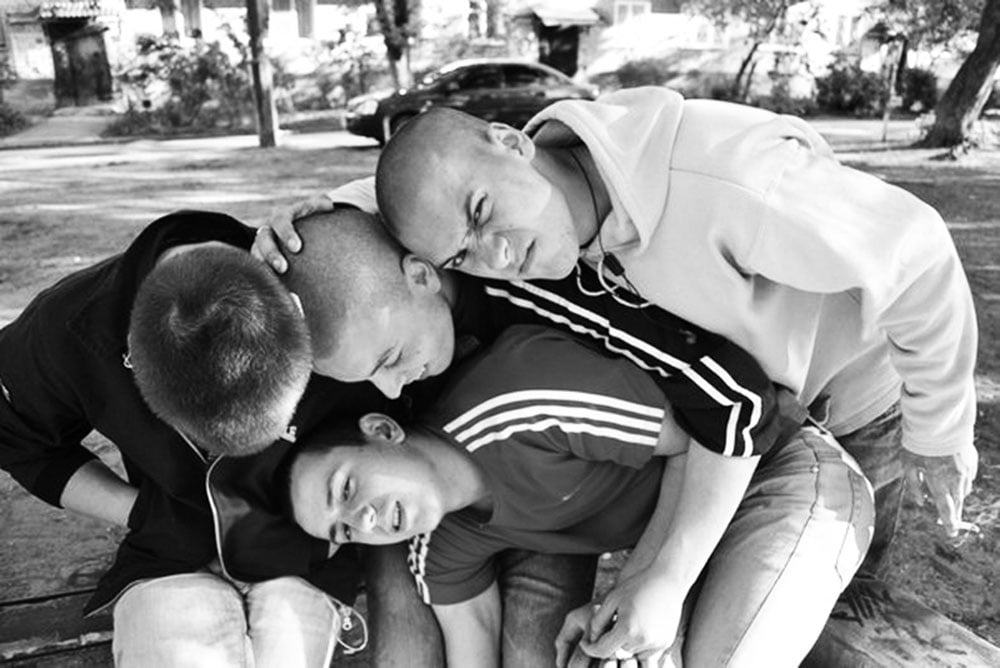Sons of anarchy: disaffected youth as you’ve never seen it before in new Russian comedy Rag Union
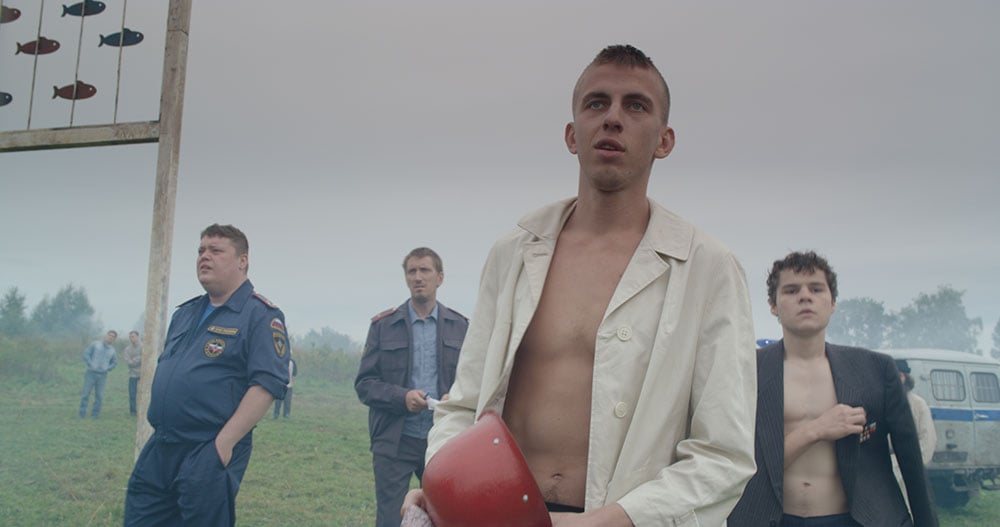
Binge drinking, fighting and setting things on fire may be par for the course for the characters in Rag Union, but director Mikhail Mestetsky does more than portray rebels without a cause
2015 did not give Russian cinema many new names, but at least one important feature film debut provided a breath of fresh air in the country’s suffocating cultural atmosphere. After generating much praise and winning several awards at domestic festivals last year, Rag Union, directed by Mikhail Mestetsky, recently enjoyed its international premiere at the Berlin Film Festival (only two Russian movies were included this year) and is heading towards national theatrical release on 3 March. How is the general public going to react to this offbeat coming-of-age comedy rich with tragic overtones? “I have no idea,” Mikhail Mestetsky admits to me on Skype from his temporary hide-out in Bali. “I like to believe that our movie is both amusing and interesting on a deeper level. We’ll see.”
His diffidence betrays a first-timer. However, even before Rag Union, Mestetsky, 35, had established himself as a successful screenwriter behind the hugely popular sports drama Legend 17 and as the auteur of two award-winning shorts, as well as leader of the rock band Shklovsky. Some of the band’s music plays offscreen in Rag Union, most notably a song with the boisterous punk refrain “Eat culture” that sits alongside Wagner, Strauss and Nina Simone in the movie’s eclectic soundtrack. The motley choice of music is a reflection of the film’s mood, ready to blend seriousness with playfulness. The protagonist Vanya, fresh from a high school, joins a group who have a name — the titular Rag Union — but don’t really know the point of their energy’s application. Their most ambitious project is to blow up the head of Zurab Tsereteli’s infamous Peter the Great monument in Moscow — this might remind us of radical artists like Pussy Riot or Pyotr Pavlensky, except the Rag Union don’t know their exact purpose and they (spoiler!) do not perform their act – instead, they hide into a country house and indulge in debauchery and idle talk.
Principal shooting, Mestetsky recalls, was itself a bit like gathering of a bunch of indolent teenagers together, as most of the principal crew were beginners. “Fortunately, the actors were young too,” the director says. “Anyone with more experience would probably laugh at how we did things.” The result is the crew often break conventions to achieve their goal — the long take scene that moves from the main narrative to a flashback and then back without a single cut is astonishing in its audacity; the cast, led by new Russian star Alexander Pal, likewise neglect the academic style of acting typical of Russian performers.
“The main thing that Europeans want from us Russians these days is merely to hear a sane voice,” Mestetsky says on potential political readings of the film by the Berlinale audience. Perhaps so, but Rag Union, though trying to position itself above the fray in the realm of pure art, asks for political interpretations. Despite similarities to current Russian art activism, the movie is far from exploiting recent news material, nor is it rooted too deeply in the mid-2010s Russia at all. In fact, even though we may spot an iPhone in a character’s hand, not much of what happens on screen betrays any specific point in the country’s post-Soviet history. The film, included in the Berlinale’s Generation sidebar, does not therefore refer to any particular cohort. “When I was same age as the Rag Union’s members, I never felt I was a part of a generation,” Mikhail Mestetsky says. “My feeling was always that my close friends and I were outsiders, in a good sense, who didn’t quite stick to any group; ditto our movie’s characters who would find themselves on the margins at any era, because that’s where they belong essentially.”
Indeed, as early as in 1880, Dostoyevsky wrote of such young men, the “Russian boys”, in The Brothers Karamazov: “They talk of the existence of God and immortality. And those who don’t believe in God talk of socialism or anarchism. […] Masses of Russian boys do nothing but talk of the eternal questions.” That is exactly what the Union members do as a modern version of the Dostoyevskyan brothers — one of them is an ardent communist committed to a political cause, another a cynical wannabe artist (“Dude, say ‘irony’,” he tells Vanya when asked about the group’s philosophy), while a third is inclined to religious mysticism. Their older siblings would be the famed figures of contemporary art activism — Pyotr Pavlensky, Pussy Riot and Voina — and one thing that the Rag Union lack in comparison, above courage, is a consistent ideology. Not that it was bad according to Mestetsky: “Sometimes a fight without a cause has more meaning than a fight that has one.”
“Sometimes a fight without a cause has more meaning than a fight that has one”
Mestetsky is no stranger to underground avant-garde practices — he was friends with the Radek Society, a contemporary art group that existed in Moscow in the early 2000s and partly served as a prototype for the film (“Rag Union is a fantasy of the most freaking-awesome art group that Radek might have become but never did,” the director says). Though Radek had many exhibitions in Russia and beyond, it was their “non-spectacular art” that Mikhail seems to admire above all. “Some of their acts were almost invisible, taking place at home without documentation, so one had to look for them,” he recalls. “One of the members would put on warm clothes and sleep in them at home, at summer, with windows closed, in a kind of a religious feat, though without any religious motivation. Another performance was titled Hunger Strike without Making Demands and consisted of exactly that”. Indeed, the inanity of Rag Union’s actions — pushing a high-rise building to topple it or standing on an electric pole imitating Simeon the Stylite — is very much like that of Radek, the point of their art being exactly its absurdity: both deal with topics associated with grandiloquence but choose an intonation that is an exact opposite of rhetoric. “That was a group that didn’t cause any waves, or even dimple, on the surface of daily reality,” Mestetsky says of Radek with amusement.
Tellingly, the Rag Union’s members, who dream of a grand political gesture, end up avoiding public spaces and confining themselves to the traditional Russian refuge: a dacha. “I am a child of Russian dacha culture,” says Mestetsky. “The journeys to my grandparents’ place near Moscow were like an escape from the hopeless world of [provincial] Tver’s panel housing to a realm of absolute freedom and safety.” And there is another reason for that setting. When I ask him whether he finds a kindred spirit in any other contemporary directors, Mestetsky starts with Sergei Loban and Marina Potapova – indeed, though Mestetsky’s cinema is somewhat akin to that of his wife Nigina Saifullaeva or Boris Khlebnikov, it is Loban’s Chapiteau Show (2011) that Rag Union first evokes. The movies share a kitschy pop sensibility, rarely found in Russian cinema outside overtly lowbrow fare, blending intellectual jokes, underground art legacy, musings on contemporary Russian society and plain screwball. Another common trait is that both are grounded in Soviet culture, of which a dacha is an important part. Rag Union, according to Mestetsky, is an attempt to recreate the mood of summer dacha that any Soviet kid, Mestetsky included, will have in their memory. “I would bring my friends who would fly into fearlessness, omnipotence and toughness, though in normal life we all were timid intelligentsia children. But any invasion of the outside world would knock us down.” This fear of the outer world is itself a very Soviet thing.
“Fear of the outer world is a very Soviet thing”
What is the Rag Union’s flight to the country other than an escape from the outside world? Pyotr Pavlensky’s recent arrest proved that public political art practice has become even more dangerous in Putin’s Russia. “The drama of contemporaneity is that you do something ten times less controversial than Pavlensky does and you still attract the attention of all kinds of jerks in authority,” Mestetsky says. Coming back to the question of when the movie is set, the director admits that the film’s situation would be more relevant to the Russia of a few years ago, before the country’s politics decidedly lapsed into jingoism, militarism and obscurantism. “No one comes after the guys in the Rag Union because nobody cares. They would these days. In that sense our movie is about a more normal society than that we are living in,” the director says.
However, should Russian politics follow the course it has chosen for itself, we may soon find underground culture flourishing like it did in the Soviet times when everything was divided into “official” and “unofficial”, the latter taking place in dachas or private kitchens. One notable predecessor to the Radek Society was the Collective Actions group in the 1970s, whose happenings were set in the countryside with only a few invited people in attendance. When the state suppresses art, art will find a way, and people will still be discussing eternal questions; and that will keep the culture moving forward even if, as Ivan Karamazov put it, “anything stupider than the way Russian boys spend their time one can hardly imagine.”
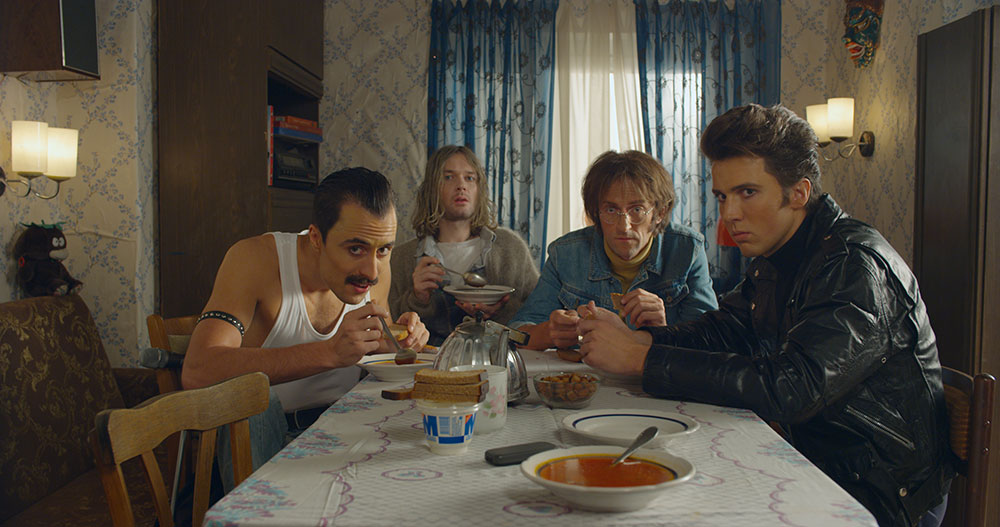
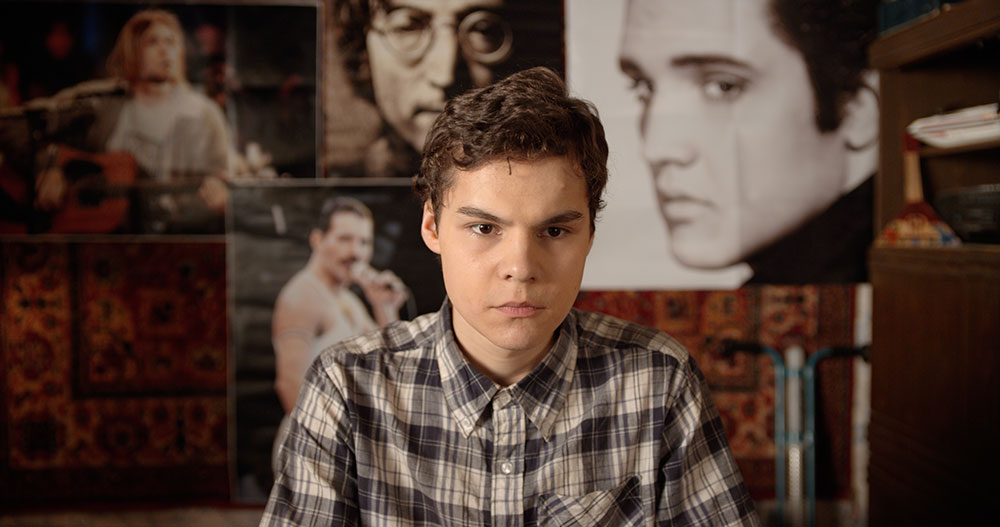
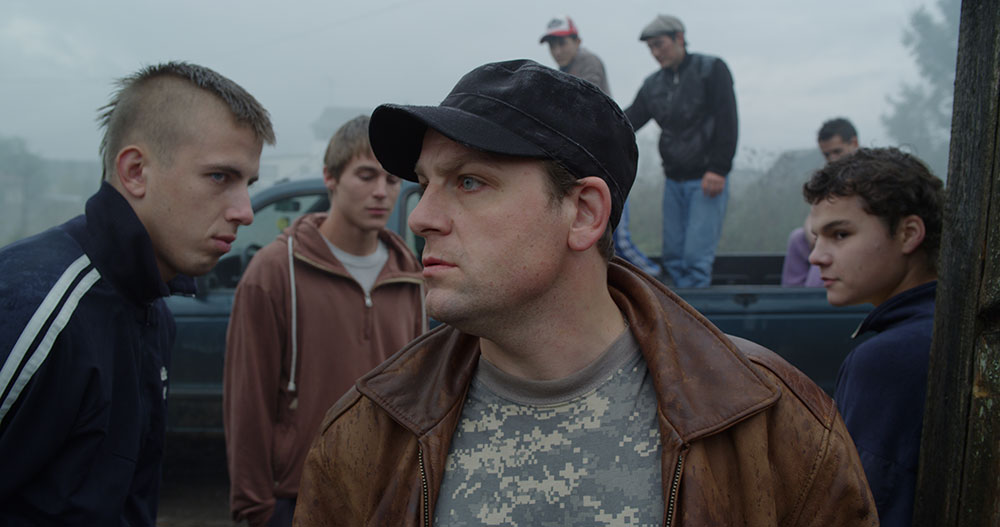
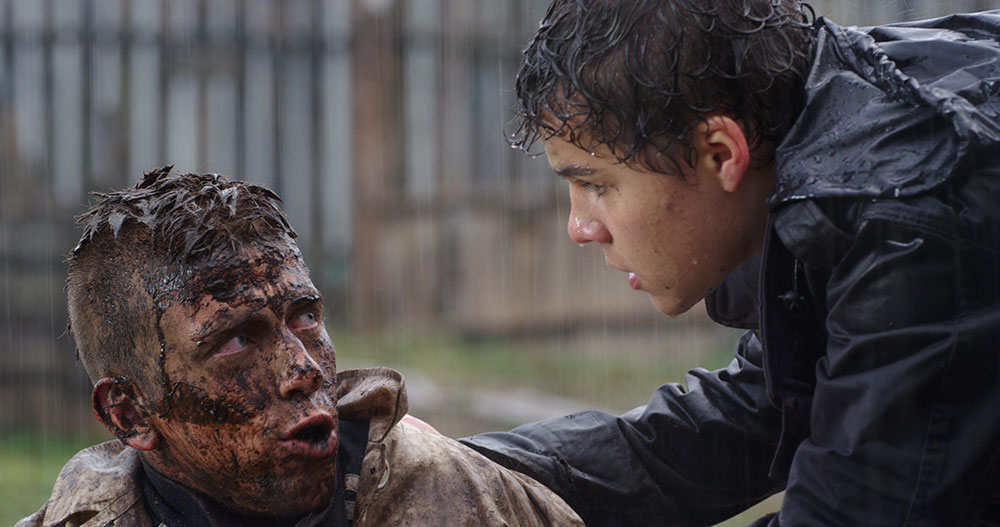
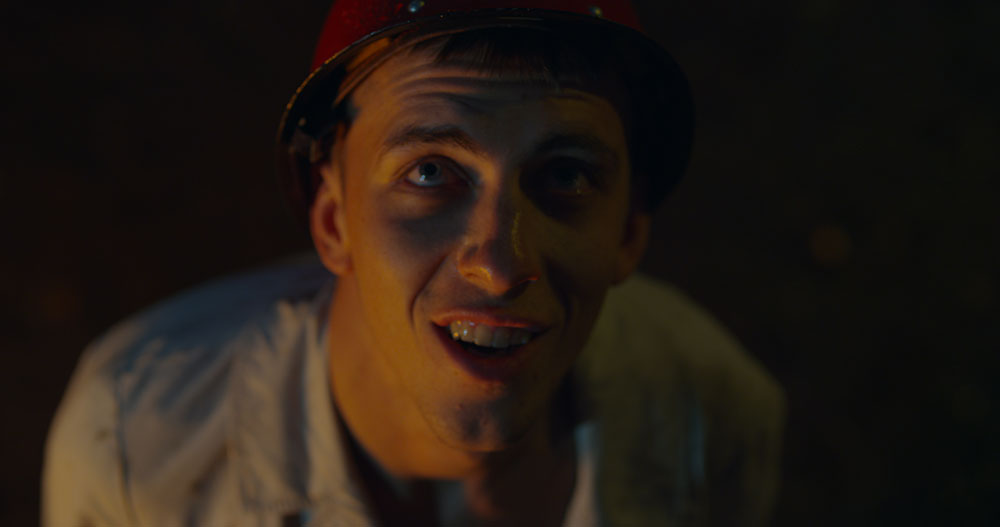
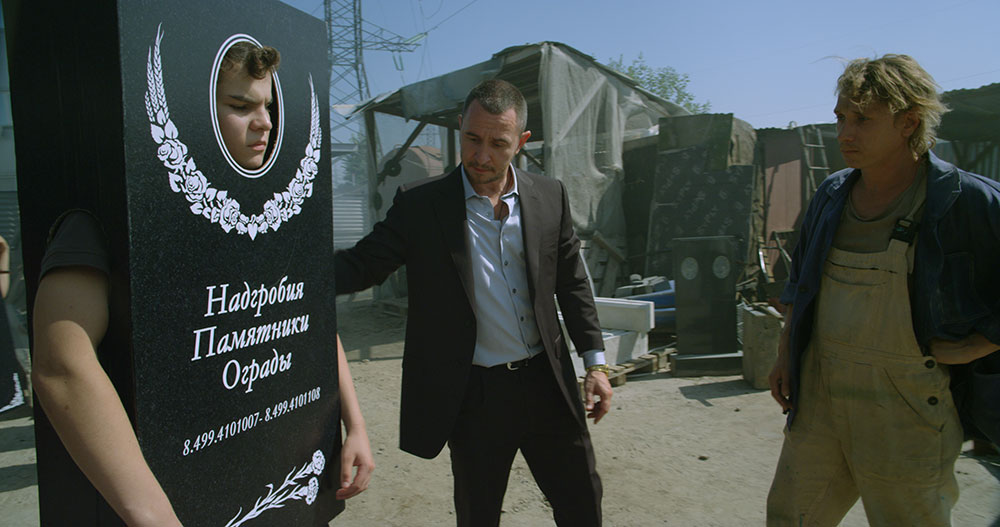
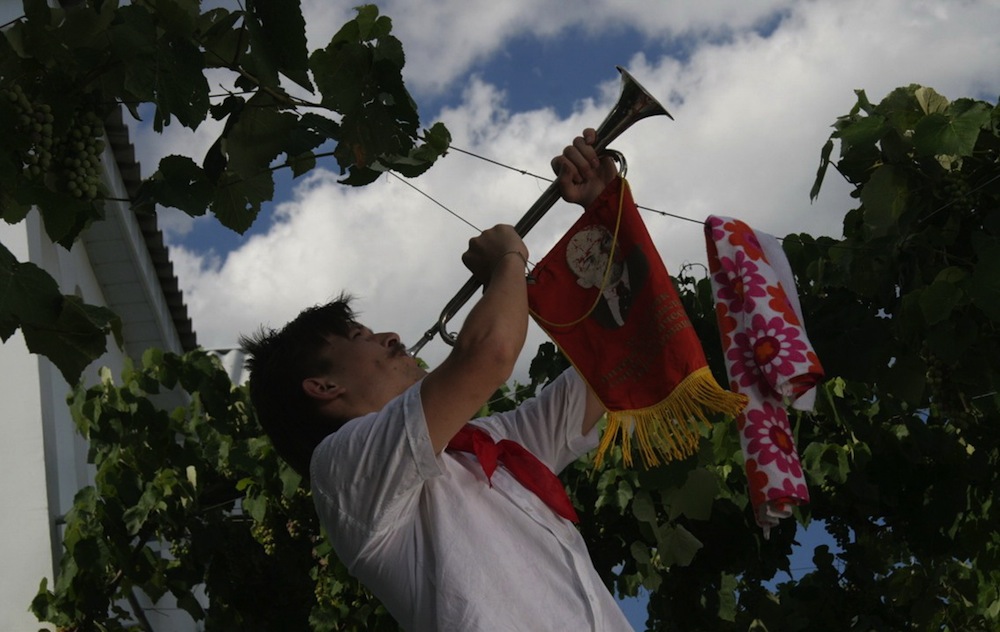
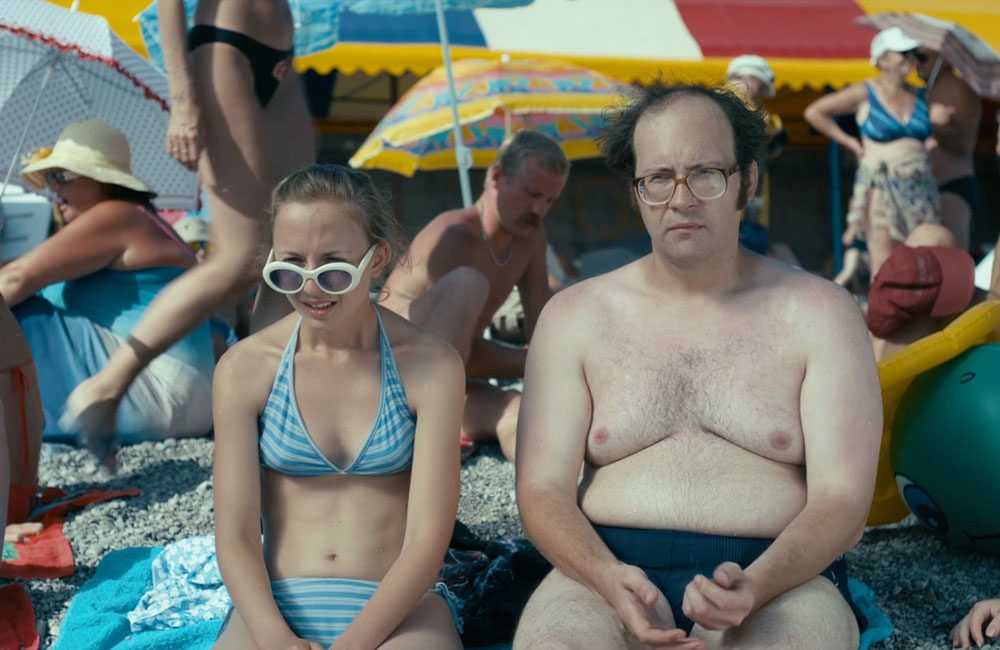
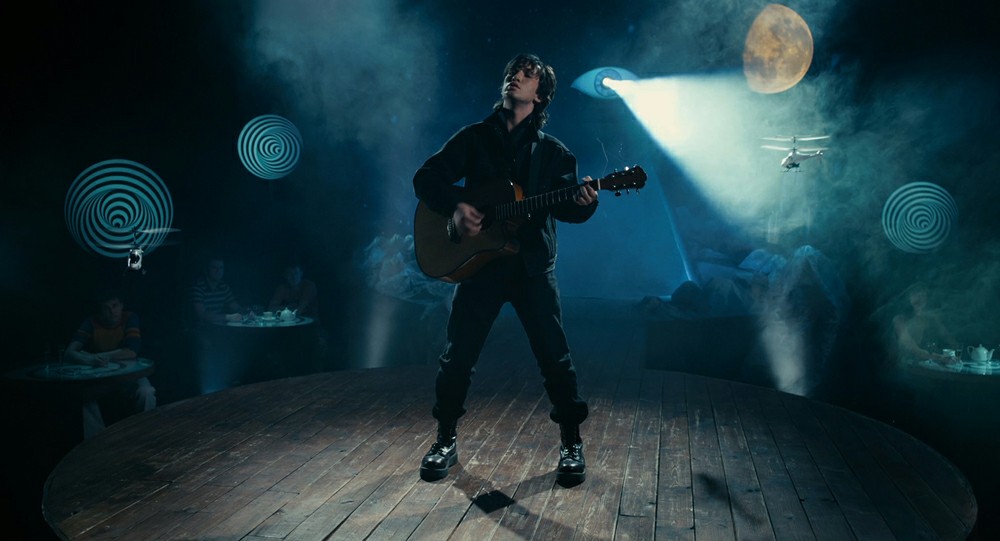
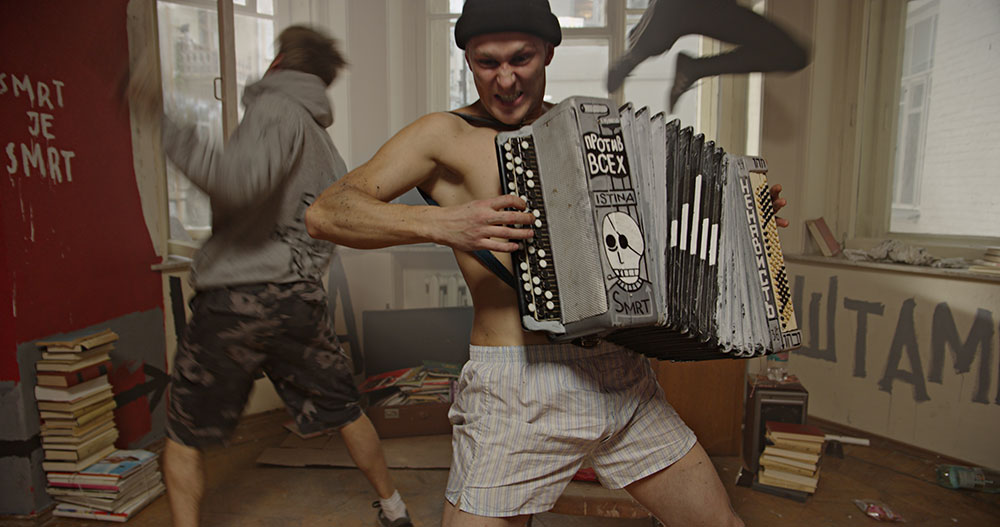
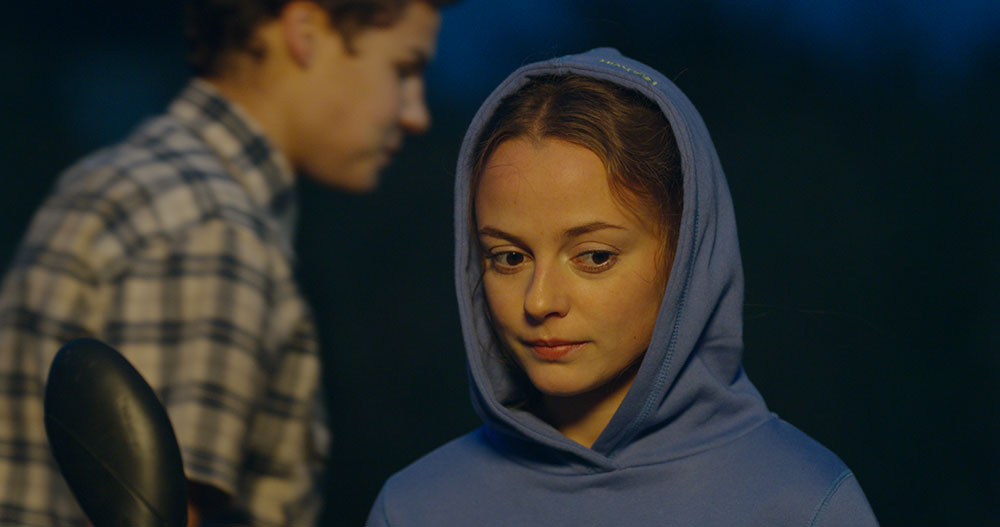
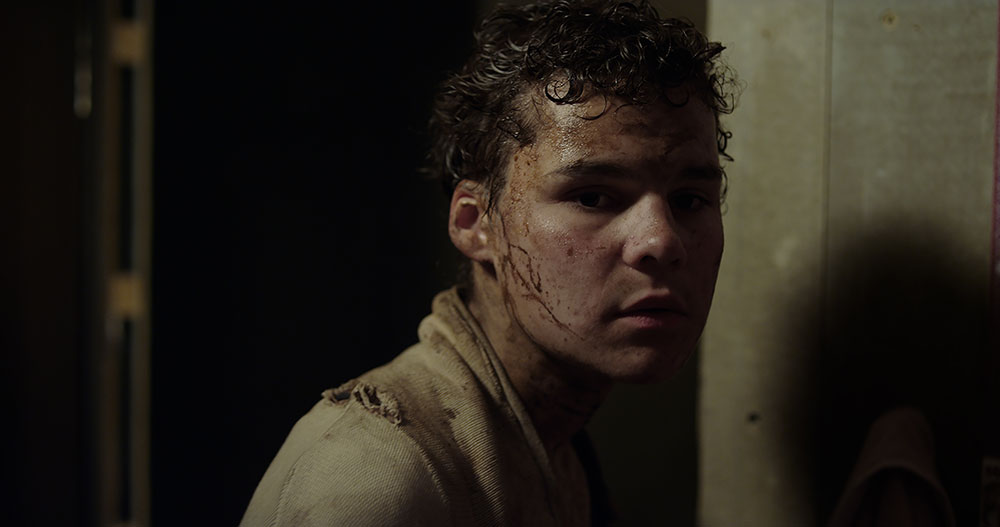
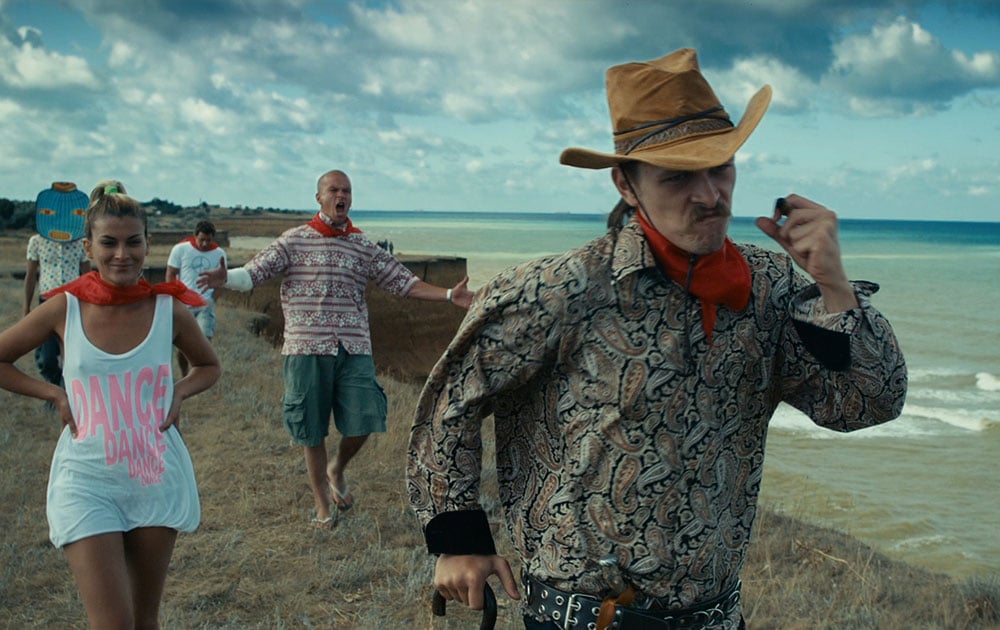
.jpg)

